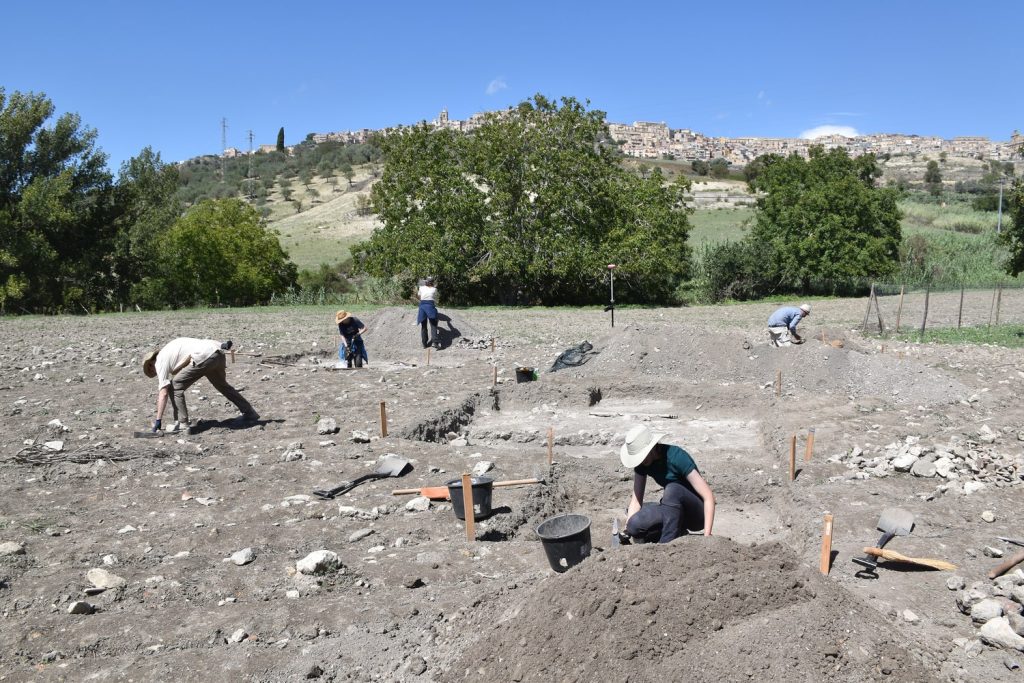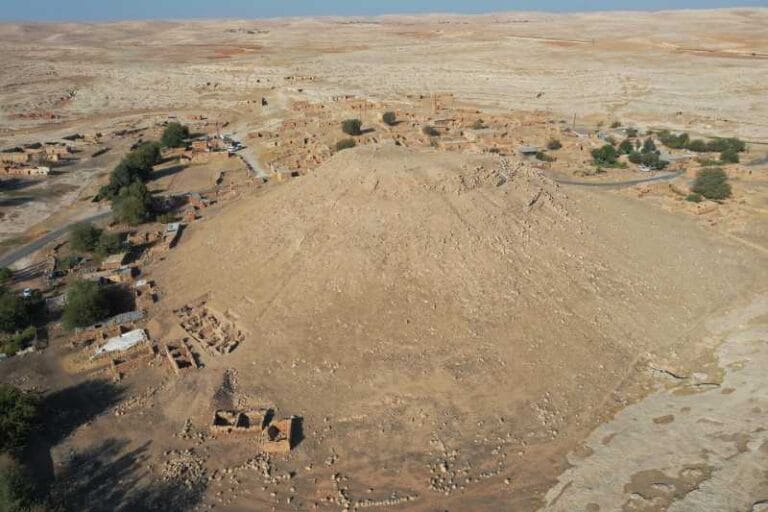Roman house with mosaics discovered in Sicily

For over two decades, archaeologists from the University of Göttingen have been studying the historical patterns of life and trade in Sicily. Recently, they have made a significant discovery in the province of Catania: the excavation of a Roman house with a mosaic floor, dated between the 2nd and 4th centuries AD. This structure was located nearly 500 meters above sea level, close to the town of Vizzini, situated at the southeastern tip of Sicily, and was part of a larger Roman settlement.
Since 2022, a research team from Göttingen, led by Prof. Dr. Johannes Bergemann from the Institute of Archaeology, has been conducting investigations in this region. The initial phase involved a thorough search for ancient sites around Vizzini, followed by surface-level examinations. In 2023, the team implemented a geophysical survey, using geomagnetic anomaly detection to generate detailed images of the subsurface, thus avoiding the need for immediate excavation.
These geophysical techniques ultimately led to the identification of the building remains, which have since been excavated. The structure, measuring approximately 30 by 13 meters, was found to be buried only slightly below the current ground level.
“It contains a representative room with a floor area of almost 100 square meters, the floor of which was covered with mosaics. Unfortunately, parts of the mosaic were destroyed when the land was plowed,” reports Bergemann.

The geophysical measurements further revealed the presence of additional structures in the vicinity, some of which share similarities with the excavated building. These findings suggest the existence of a more extensive settlement in the area, potentially composed of multiple buildings with comparable architectural features.
“People lived there at a high level between the 2nd and around the 6th century AD: there were columns built from round bricks, covered in stucco and probably painted – similar to those in Pompeii,” says Bergemann. “We found the remains of fountains with marble basins as well as Roman luxury ceramics known as terra sigillata.”
The findings suggest that the site is part of a Roman village covering approximately 15 hectares. During the Roman period, a shift occurred from earlier Greek urban centers to a new settlement system characterized by large rural settlements and villas. These Roman agricultural production sites were capable of generating substantial yields, facilitated by the Empire’s extensive long-distance trade networks. Along the southern coast of Sicily, numerous small storage sites were constructed to support this trade, further integrating the region into the globalized economy of the Roman Empire.
“This new settlement system, which was connected to the interior by long-distance roads, only existed for a few centuries. The house we discovered near Vizzini is an important testimony to this era,” says Bergemann.
The archaeology team publicly presented their findings for the first time on October 16, 2024, at the Vizzini Town Hall. A more detailed presentation will take place at the University of Göttingen on February 3, 2025, where Prof. Dr. Johannes Bergemann and other members of the research team will share their discoveries as part of the university’s public archaeological lecture series in the Old Auditorium.






